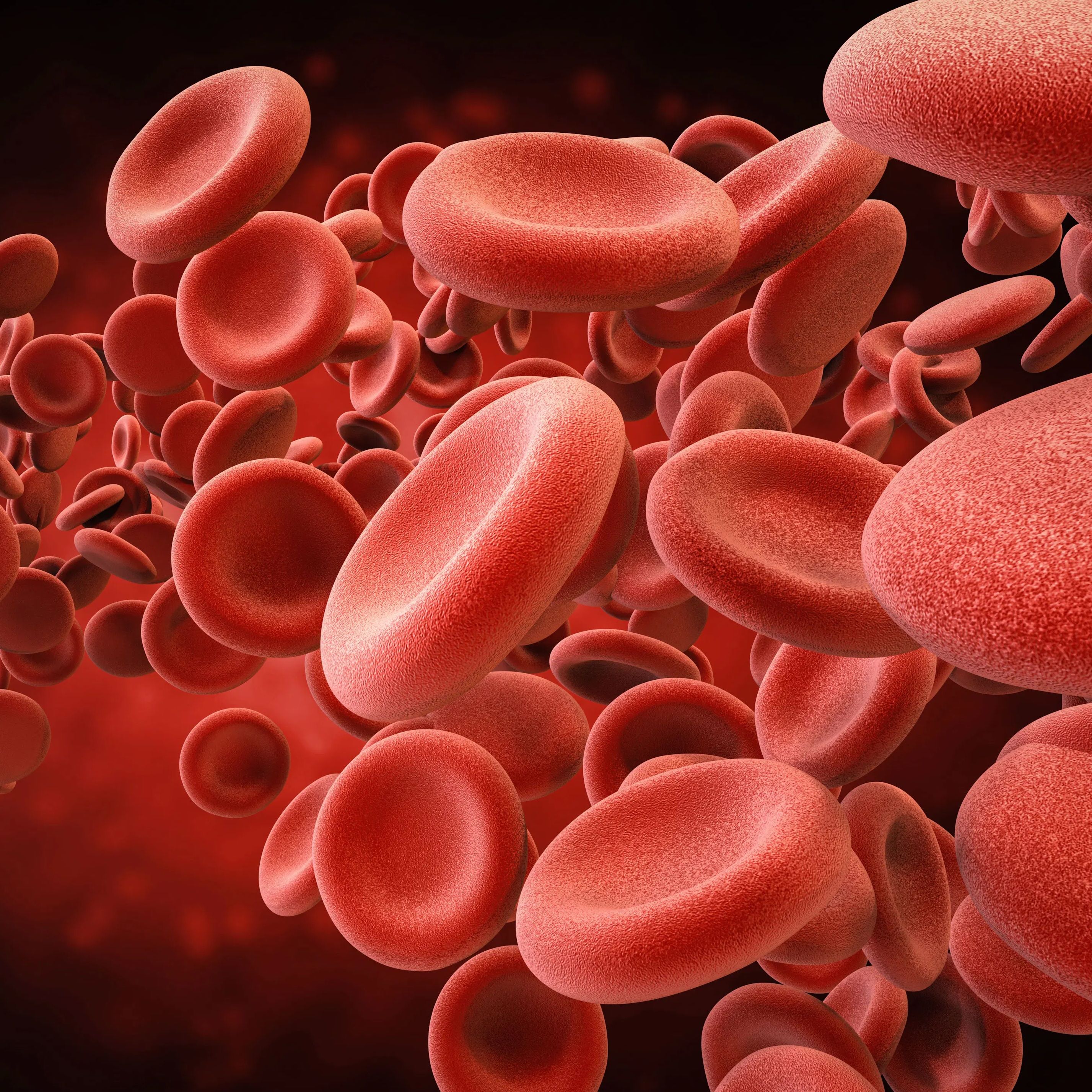Video
Role of MRA Blockers in HF Treatment
Author(s):
Evaluating the facilitation of an MRA (mineralocorticoid receptor antagonist) when using an optimal adjuvant medical therapy for the treatment of heart failure.
James Januzzi, MD: Javed, I mentioned that we would touch on mineralocorticoid blockers as well as SGLT2 [sodium-glucose cotransporter-2] inhibitors. MRAs [mineralocorticoid receptor antagonists] have been around for a while. As we point out in the [expert consensus] document and as you just said, you want to get an MRA onboard as well, and try to titrate that to target dose, just as with any of the other therapies. This is a nuance question, but I think you know the answer to this. You know a lot of answers for subjects like this. What do we know about the facilitation of using an MRA when you have optimal medical therapy in place? In other words, is a drug like spironolactone or eplerenone more or less well tolerated if you have other therapies for heart failure in place at good doses, as opposed to someone who may not be optimized just yet?
Javed Butler, MD, MPH, MBA: To give our colleagues listening to this some historical perspective, remember that the MRA dosing in the earlier trials was chosen on the basis of tolerability, not efficacy, which is a little different than what we have done with other drugs. We’ve looked at improvement in physiologic parameters at various doses. Here, the issue was hyperkalemia with MRA therapy. We all know that patients with heart failure have comorbidities like diabetes, or worsened renal function that leads to high risk of hyperkalemia. Then on top of that, you add an MRA, so there’s a high risk of hyperkalemia. That’s why those doses were chosen, and that’s why the recommendation is to not use it with a GFR [glomerular filtration rate] less than 30 mL/min.
I want to highlight that there’s a subtle difference. For ACE [angiotensin-converting enzyme], ARB [angiotensin receptor blocker], and ARNIs [angiotensin receptor-neprilysin inhibitors], the recommendation is to use caution in low doses for a GFR less than 30 mL/min, but it’s not contraindicated. With an MRA, there’s a serious risk of hyperkalemia, and it’s contraindicated for a GFR less than 30 mL/min. For all we know, MRAs could be great for people with a GFR less than 30 mL/min, but the risk of hyperkalemia is too high. If you give therapies that have a lower risk of developing hyperkalemia—for instance, in the PARADIGM-HF trial, the risk of developing hyperkalemia was lower with valsartan/sacubitril than with enalapril. Therefore, there was some degree of facilitation for the use of MRA therapy. While we don’t give an ARNI therapy to facilitate MRA per se, there is this potential of benefit.
We need to learn a lot more about SGLT2 inhibitors. They’re relatively new, but there is so much preservation of renal function that I can’t imagine that there is more facilitation of the MRA use as well. Lastly, we now have novel potassium binders like sodium zirconium cyclosilicate and patiromer. We have longer-term data with that. We know that they can help enable these therapies as well. The use of MRAs is becoming easier in the clinical setting with all of these other adjuvant therapies. That opens the door for a discussion on whether it’s time to start doing clinical trials with an MRA and a GFR less than 30 mL/min.
James Januzzi, MD: Great points. I can’t emphasize enough how critically important it is to get an MRA, spironolactone or eplerenone, into the medical list of your patient with reduced EF [ejection fraction]. This is a crucial therapy that reduces mortality substantially in our patients. Unfortunately, it’s somewhat neglected as 1 of the so-called 4 pillars, in part because of the challenges that Dr Butler just mentioned: hyperkalemia and worsening kidney function. That’s the first time I’ve used that term “4 pillars,” and we’re going to get to the fourth in just a second.
As we have now seen in some of the more contemporary heart failure studies, as we are able to get sacubitril/valsartan in play and a reduction in loop diuretic dose, hence protecting the kidneys and reducing the risk for hyperkalemia from other reasons, facilitation of MRA seems possible. It’s a drug not to be forgotten. The document provides useful guidance with tips you might be able to follow to get your patient on these therapies.
Transcript Edited for Clarity





